Contents
In dachas and gardens, black radish is often grown from the whole variety of species of this useful vegetable, because it is traditionally considered the most healing. Indeed, traditional medicine advises using it to treat many diseases, to strengthen immunity and improve the overall health of the body. Winter round black radish perfectly retains its qualities for six months, allowing the body to receive the necessary elements and vitamins even in winter. Planting and caring for it will not require much effort and time, but you need to know some of the nuances in order to get a rich harvest.
When to plant
When to plant a radish in open ground, each gardener decides, paying attention to the variety, climatic conditions and purpose of the crop. Usually, radish seeds are sown directly on the garden, the seedling method is rarely used, because this vegetable does not like transplants and picks at all. If the gardener still wants to get a crop as early as possible, then the seedlings should be grown in peat cups, which are then placed in the ground without disturbing the plant.
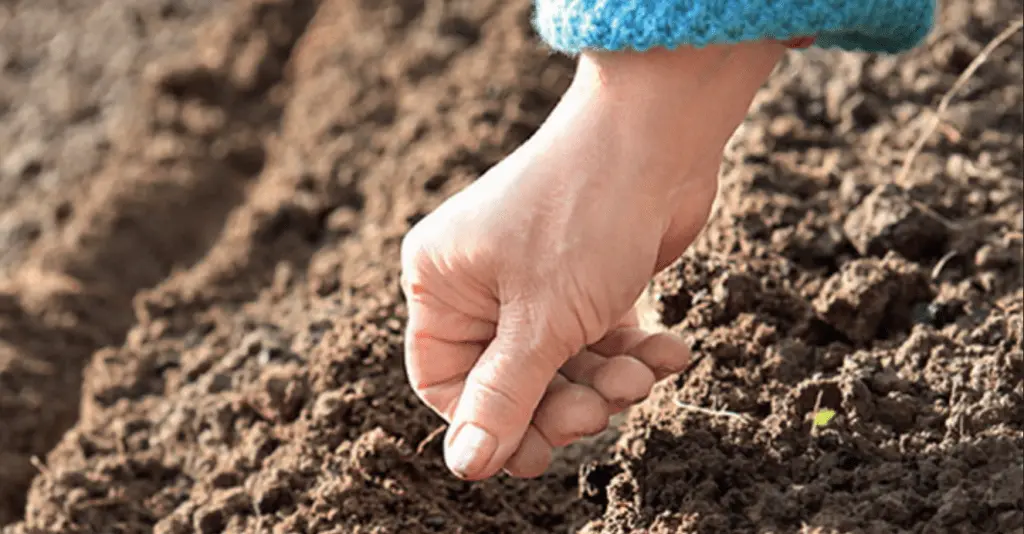
To obtain root crops that plan to eat fresh directly from the garden, the seeds are sown in late spring, depending on the climate, sowing can be done from the last decade of April to mid-May. Winter varieties should not be planted at this time – the roots will crack or the plant will begin to bloom, then the root crop will not form at all. Spring is the time for sowing early and early varieties. Black radish is considered a frost-resistant crop; it is not afraid of short-term drops in temperature even to -5 degrees.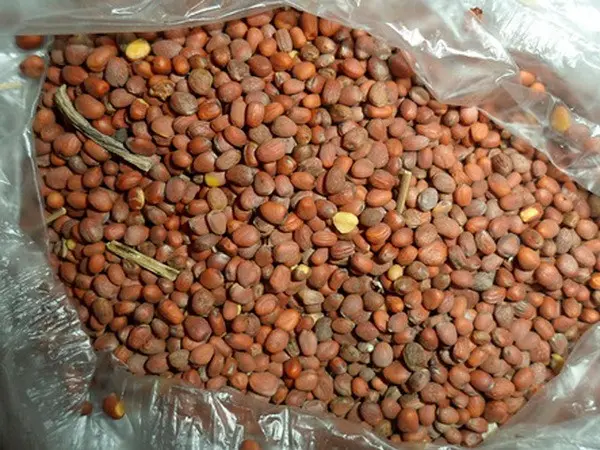
If it is planned not only to use fresh radish, but also to lay it for long-term storage in cellars and cellars, then late varieties are chosen, their seeds need to be sown later so that vegetables grow in the second half of summer, this is usually done from the last decade of June to mid-July . In the south, they sow even later, if they know for sure that winter will not begin in October. Late radish roots reach technical maturity 3-4 months after germination. Knowing the ripening time for each variety and the expected arrival of cold weather, you can quite accurately determine the best time for sowing.
Video “When and how to plant a radish”
From this video you will learn how and when to plant a radish.
Site processing
In order for black radish to grow well, planting must be carried out not only at the right time, but also in prepared soil. She loves open spaces with maximum access to sunlight and fresh air, non-acidic fertile soils. The most convenient soil for its cultivation is fertile loam, it must be sufficiently loose, for which the earth is prepared in advance.
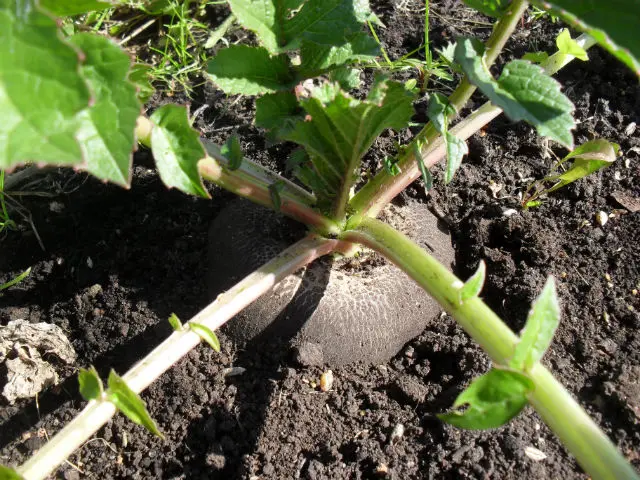
You can not plant a radish after its relatives from the cabbage family (cruciferous), tomatoes, eggplants, peppers, cucumbers, pumpkins or beans are considered the best predecessors. And late varieties are best sown in beds that have been freed after onions, lettuce, dill or potatoes.
Heavy soil needs to be made more loose, breathable, for this you can add peat or river sand to it. It is desirable to prepare a site for radish in the fall, it must be thoroughly dug to a depth of at least 30 cm, cleaned of weeds, their roots, stones, large lumps.
After cleaning the beds (or during digging), compost and humus are introduced into the ground. If the soil is acidic, then 2 to 3 weeks before that, lime or dolomite flour must be added to it.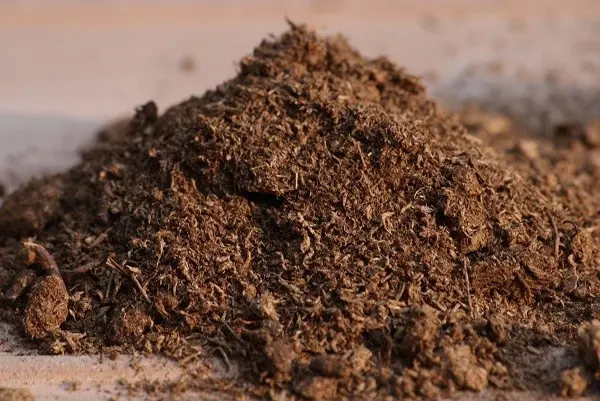
In the spring, the site is dug up again, wood ash, mineral fertilizers are added, humus and peat can also be added, if necessary. In no case should fresh manure be used, it will not benefit root crops, and it will attract pests for sure. From mineral fertilizers, superphosphate, urea and potassium chloride are usually added. The best option is when the soil is well saturated with organic fertilizers for the previous crop, then it will be quite enough for the radish, it will be well absorbed by this plant.
Seed preparation
Every gardener knows that a small root crop will grow from small seeds, so he tries to choose the largest seeds for sowing. They can be laid unprepared, completely dry, in the ground, but then they will sprout almost twice as slowly, and the germination percentage will drop.
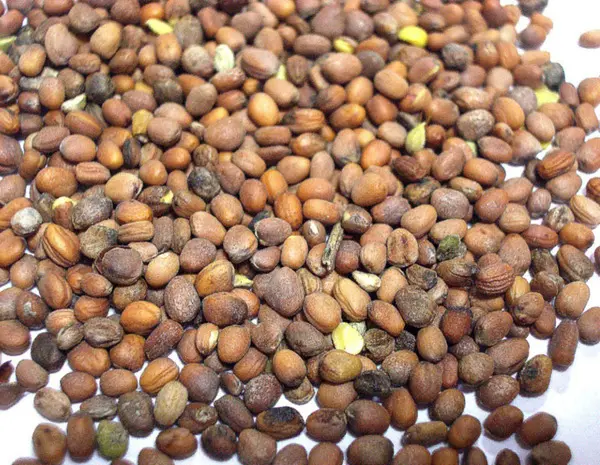
The calibrated seeds are left for two days of light, laying them on a clean gauze, constantly moisturizing it. They should swell, absorb moisture and start the process of awakening. Just before sowing, they can be left for another day in a solution of potassium permanganate for disinfection. It is good if already slightly hatched seeds fall into the ground. The best ones begin to germinate already on the third day, all shoots should appear in a week.
The procedure for carrying out sowing work
Radish black planting: planted in rows or nests. On the prepared bed, rows are marked with a depth of 1,2 – 2 cm, 30 – 40 cm are left between them. The soil should be moist. When sowing in rows, the entire recess is evenly filled, and at least 3 cm are left between the nests (a group of seeds of 4-15 pieces is placed). Then it is desirable to mulch them with peat or sawdust. Sometimes crops are covered with non-woven fabric, and removed with the emergence of seedlings.
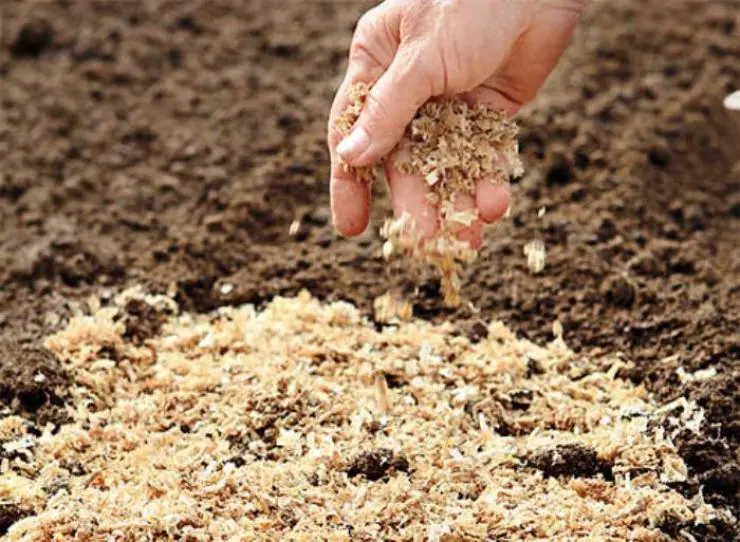
When 3-4 leaves appear on the sprouts, the seedlings are thinned out, leaving at least 5 cm between them in a row, and the weakest plant is removed from the nest, it is simply pinched off so as not to disturb the neighboring roots. The second thinning is done at the stage of the beginning of root formation – 10 cm are left between plants in a row, and one plant is again removed from the nest. The third time they do this, when the root crops have already grown to 1 cm, then the smallest ones are removed, at least 15 cm are left in the row between the vegetables, and one of the strongest plants remains in the nest. The radish will not be accepted in a new place if it is not transferred with a clod of earth (and there is no guarantee), therefore those who are sorry to lose so many plants during thinning plant nests. Yes, and in a row more often they do not throw the seed uncontrollably, but evenly lay out one seed at a time. Thickening of plantings should not be allowed, because there is a danger of unplanned flowering, and if the radish goes into color, the root crop will no longer grow, such a plant can be thrown away.
Watering
Radish needs regular watering. Crops are watered a little every day, after germination it is time to switch to weekly watering, which should last almost until harvest, they differ only in the amount of water used – small plants require less, and adult plants with ripening roots require more moisture.
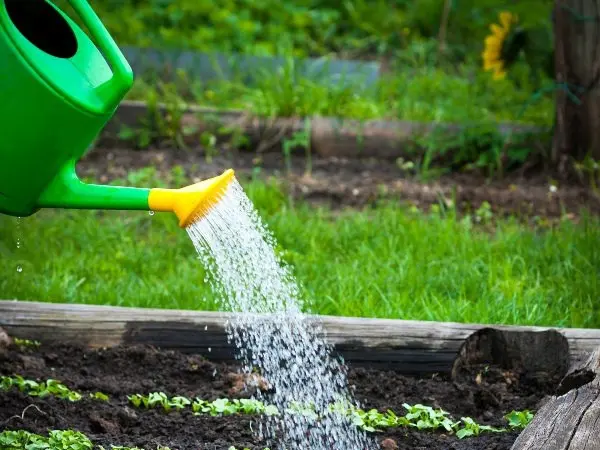
Watering can be skipped only if the rain has soaked the soil enough, then the aisles and the ground around the radish must be carefully loosened so that it does not take on a crust. You can loosen as often as possible, at least every week after watering.
If the soil is allowed to dry out, the radish will become dry and hard, the root crop will lose its juiciness and crunchiness, it may acquire more bitterness, which will obviously spoil the taste of the already not too sweet radish. When, after a drought, the radish receives a large amount of water, its root crop will crack. To avoid all these troubles, you need to water regularly and constantly.
Additional fertilizing
Radishes do not need to be given too much organic matter. Humus and compost from autumn and a little spring before sowing is enough to get a good harvest. But with mineral fertilizers, you can feed the plants once or twice for the entire growing season. To do this, potassium chloride, urea and superphosphate are diluted in water and simply poured with this solution. Moreover, one large bucket, in which about 16 g of potassium chloride, 20 g of urea and no more than 60 g of superphosphate were dissolved, should be enough for 15 m of one row. You can use ready-made fertilizers “Agricola-4” or “Darina-6”, guided by the instructions.
The first feeding is carried out after the appearance of the 4th leaf, and the second (if needed) – a month after that. If it seems to the owners that they still need organic top dressing, then you can use herbal brew (fermented infusion of herbs), compost or humus, but experts warn that an abundance of organic fertilizers reduces the shelf life of black radish, and even reduce its consumer qualities. Usually, gardeners believe that it is better to underfeed the radish than to overfeed, the lack of nutrients will affect the quality of the greenery and the growth rate of the root crop, so if you notice this, then you can add top dressing to regular watering.
Video “How to care for a radish”
From this video you will learn how to care for a radish.









